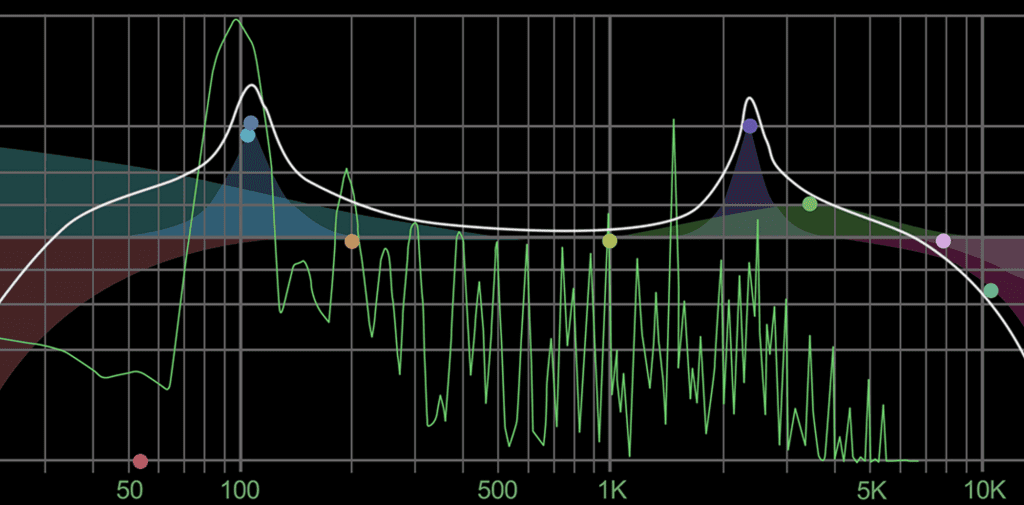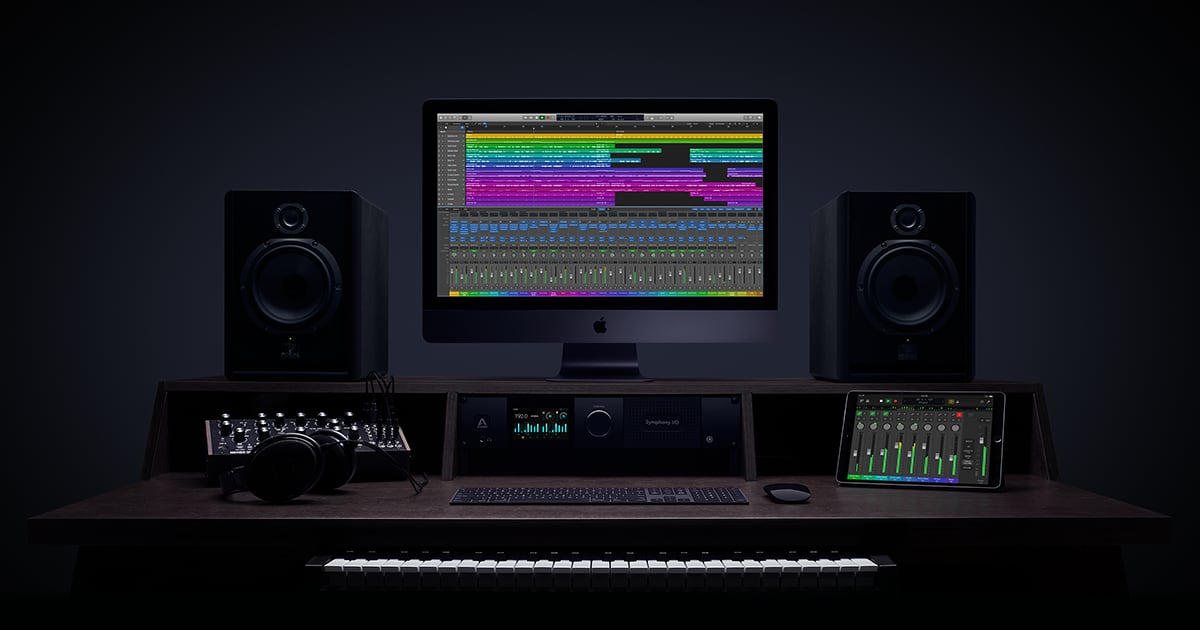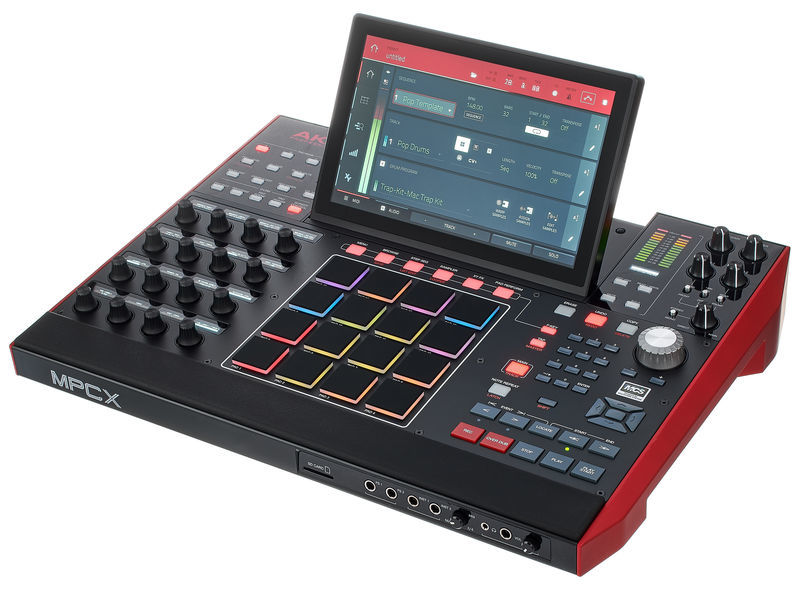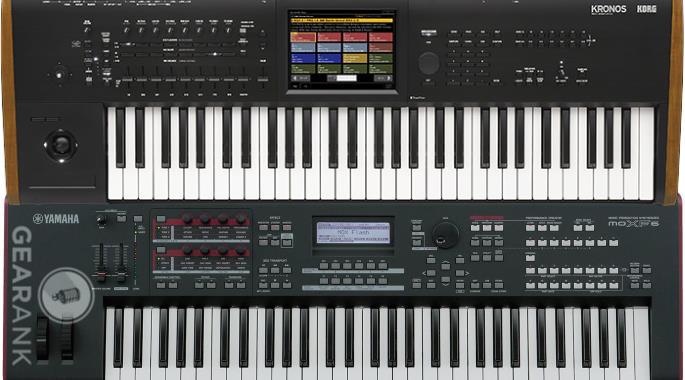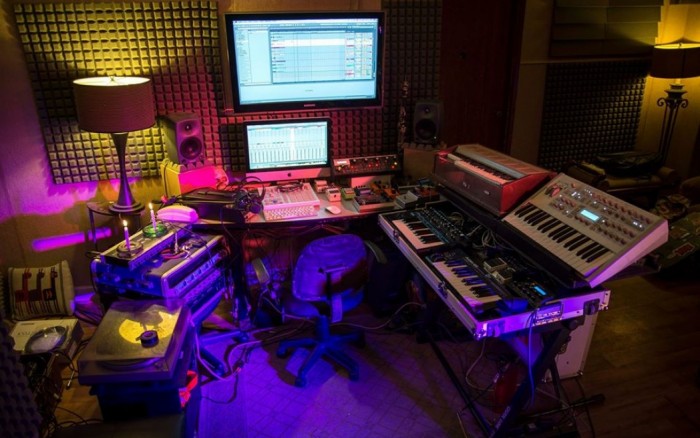Can you imagine taking a stroll around a mansion where you could listen to the best urban music bass drums of the last decades with a high fidelity sound system and be amazed by the way they blow up? Well, you’re in luck, because that’s just what we’re going to do today, as I explain the “why” of various distortion techniques on today’s kick drums, so grab your best headphones because I’ve got some interesting stuff for you:
You’re probably learning how to produce music, and you’re probably starting to treat and process the sound of your mixes. You will know that the kick drum and bass are one of the most important parts of urban music, basically because it is up to them to make every track sound good or make you dance..
The kick drum is that push that makes the track move in the low frequencies. Its treatment is of vital importance for the beat, and one of the fundamental parts of its processing is to break it up, saturate it, add harmonic distortion. I’m sure that in your home studio you also apply distortion to the drums almost unconsciously, but: why do you have to break the drums? Have you ever asked yourself this question? Why do you have to break the drums?
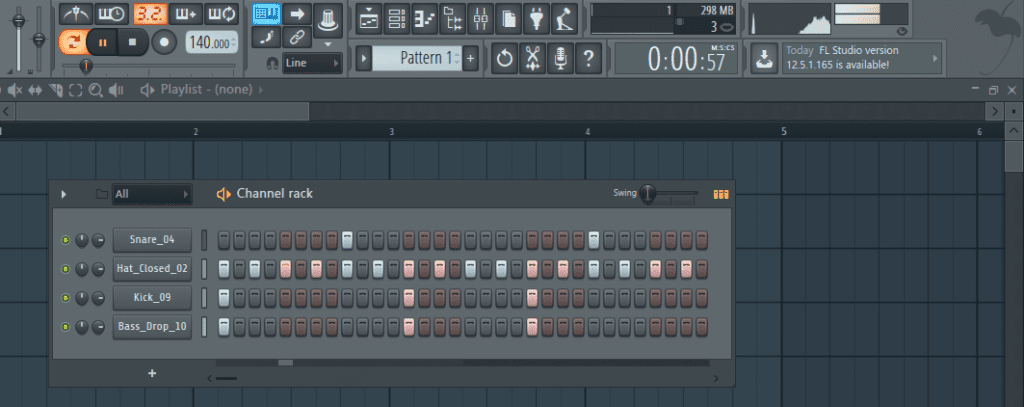
If you ask a professional producer they will probably tell you the typical: “so that the beat has more punch”, or the more pedantic one will tell you “so that it is sharp enough to be easily distinguishable in the mixing context”. You’ve worked hard, my friend, but that’s NOT the answer..
So why should we saturate the drums?
Well: first of all, let’s not try to go into the technical aspects, let’s forget them for a moment and then we’ll come back to them. Let’s think now about the purely aesthetic; about what makes you beat when you listen to a bass drum (if you are a bit lost you can check the blog What makes you fall in love with a bass drum).

Why do we like broken drums, what do they evoke, what are all those producers aiming at when they apply distortion to the drums? Well, I won’t keep you waiting any longer. The aesthetic rationale for breaking a kick drum simply comes from the need to imitate the distortion of analogue equipment when it “clicks”..
You will see, I attach two videos: one of rapold school, classic beat of the Gangster’s Paradise by Coolio, and another of Ozuna, recent track called Caramelo.
Notice how in the second one the bass drum is quite noticeably broken, but in the older one the bass drum is smooth. This first track is from the 90s; Ozuna’s is from a week or two ago. The origin of this second one comes from the way that listening to tracks like the first one on analogue equipment in the old days you could hear the broken effect in the bass. That’s why the older track is cleaner. Are you getting it?

You see, today we have very refined digital equipment, with a quality that we could not even dream of 30 years ago. With this technology, the effect of bass break-up is not as noticeable as with older equipment, because all frequencies are perceived very faithfully, so that we have to mimic this feeling of break-up by distortion in order to make modern equipment sound like the old ones, saving us the shortcomings and imperfections of the old equipment in the process.
Yes, as you read it. The broken bass drums imitate that clipping or distortion that was produced on a boom box when we played a boom bap beat.
Remember those typical Americans in the nineties with their underground rap tapes; they’d walk around the neighbourhood and say to their mates: “Look, look how this track is banging”. Well, it was the hype, and although it wasn’t a good sign, the break was very pleasant.
So, what we are doing today is trying to imitate the bass “pop” of the old devices; it is an imperfect sound, but it has proved to be a fundamental factor in providing definition and at the same time an aesthetic concept.
What about the technical aspects?
Yes, let’s go back to that topic: it is true that it is important to break the kick drums to a greater or lesser extent in order to be motivated by the way they sound, but it is also crucial that they work well in all equipment, i.e. whenever you do it, you should always check that they do not produce ugly harmonics, pops or blows in your near-field monitors, or simply avoid sounding a bit “out of control” when compared to the pumping of other tracks.
Now notice how well nuanced the bass is on these current tracks. They sound like you’re listening to music on old analogue equipment, especially on the first one, which is more hip hop, bordering on boom bap. This is the level now, as you can see there is more bass feel than before, as well as more energy..
So, was the pedantic producer wrong? If the question had been “what for”, the answer would be correct, but in this blog my idea was to explain what almost nobody talks about or understands, and that is “why”, a question as important to music production as “what for”, as it can give us a much broader context of how we evolve by adapting to what is available to us at any given time. By the way, I would like to take this opportunity to -if you need to mix or master your songs as a music producer- to recommend my sound editing services, take a look at them! And if you are interested in this topic, you can always study Music Production to make good mixes and masters: here is an essential one in which you will learn everything you need to take your music to another level! You can also choose to study Music Production to make good mixes and masters: here is an essential one in which you will learn everything you need to take your music to another level!
I hope you liked this blog, I leave you some similar ones here, and remember that you can buy a rap, trap, dembow, pop, r&b, dembow, reggaeton… instrumental! A la carte.
